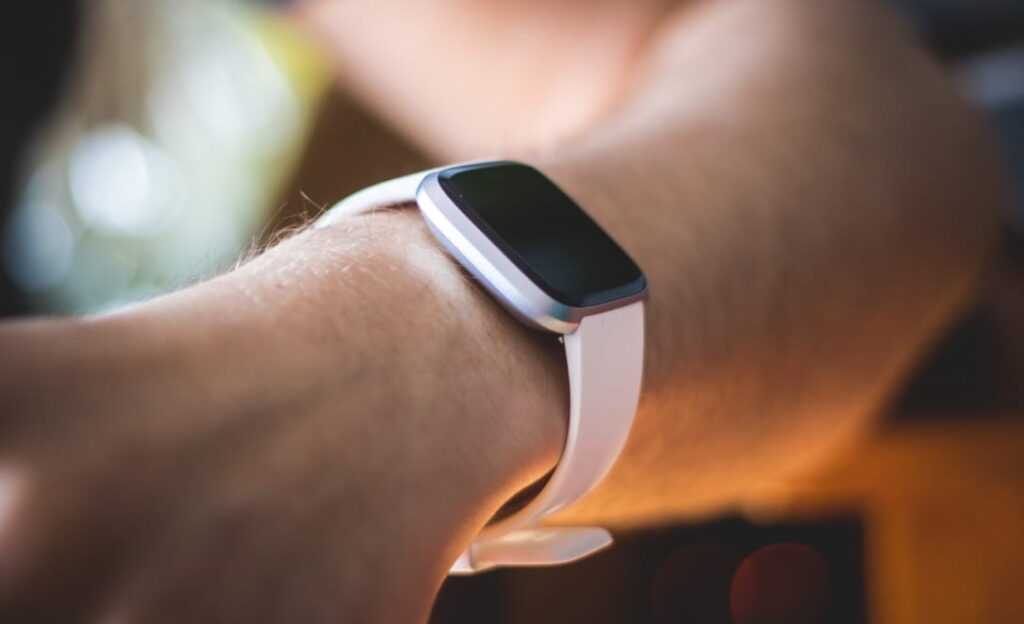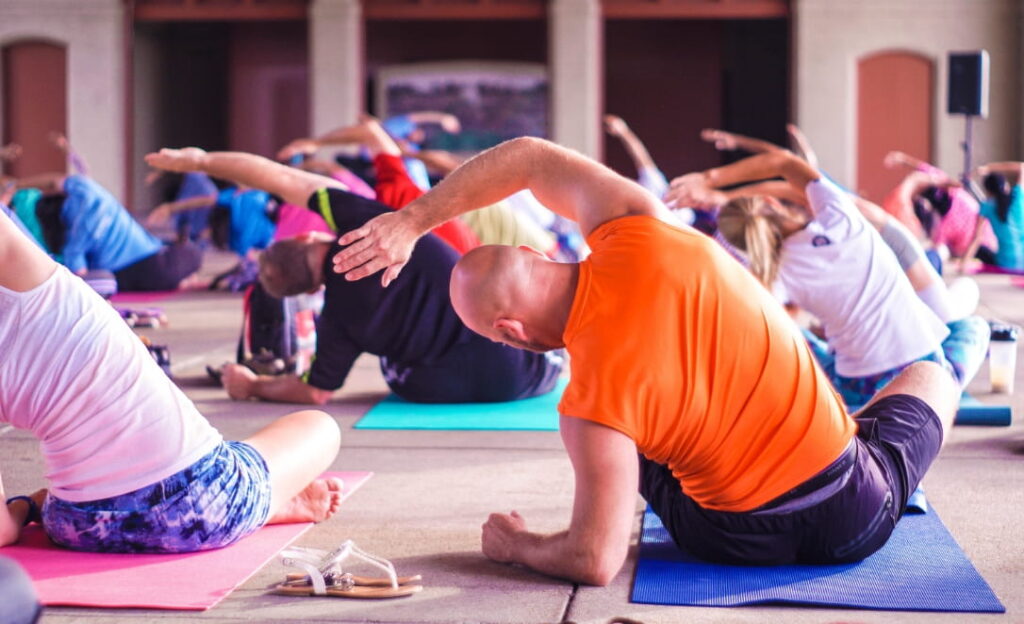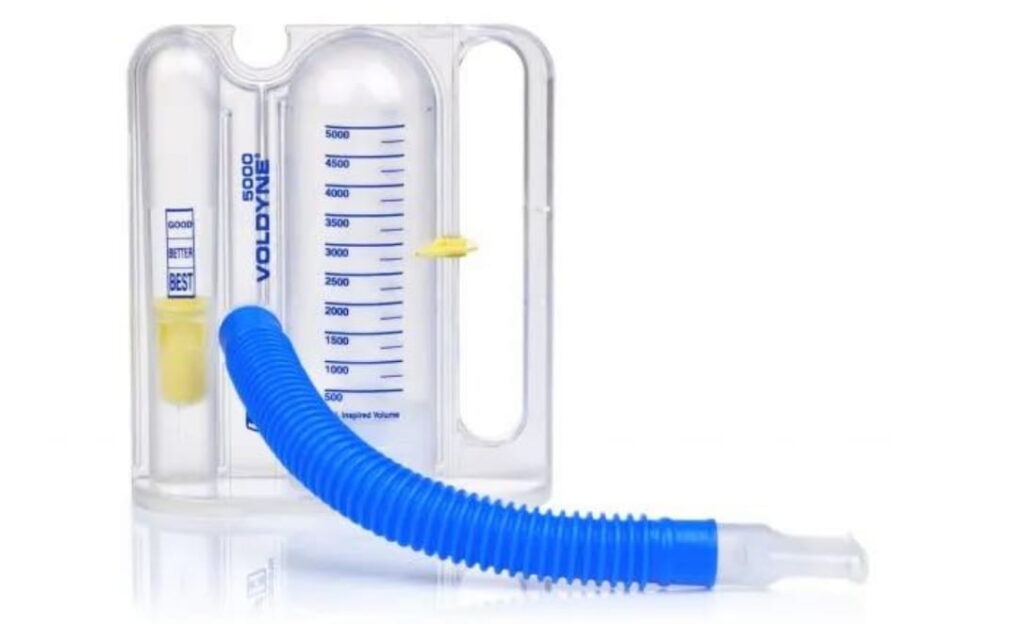Prehabilitation (or rehabilitation before surgery) can help you be healthy and strong before surgery and improve your recovery afterward. The Surgical Prehabilitation and Readiness (SPAR) program will guide you over the next few weeks and give you strategies and goals to prepare for your surgery. If you have any questions, please call your doctor.
Move
Research has shown that people who are stronger before surgery do better. Exercising before surgery can make you stronger. Having a healthy heart and lungs will help you during your surgery. It will also make it easier for you to recover after your surgery. Even walking can help with strength and endurance.

Step 1: Your SPAR coordinator will work with you to set activity goals.
- Choose an activity goal that you can achieve. Getting regular exercise will help you get stronger. If you are new to exercise, start slow and listen to your body. You can work your way up to doing more exercise.
- The Centers for Disease Control and Prevention (CDC) Physical Activity Guidelines recommend about 40 minutes of physical activity every day.
- Our goal for most patients is to walk at least 5,000 steps (or about 2 miles) every day.
- Be sure to follow all activity and lifting restrictions provided by your surgical team and physical therapist.

Step 2: Set up your Fitbit.
- Your team will give you a Fitbit to help you track and achieve your physical activity goals. The team will help you set up the Fitbit and answer any questions you have.
- The Fitbit will track your active minutes, steps taken, and let you know when you have achieved your daily goal.
- Be sure to wear your Fitbit as much as possible. This will give your doctor the best information about your physical activity.

Your Physical Activity Program
A good program includes activities that you enjoy and that work with your schedule. When it is safe to do so, joining a group activity can be good motivation. Sharing your activity goal with a friend or family member can motivate you to get exercise every day.
How to exercise safely and effectively:
- Warm up: Walk or perform other activity slowly for the first few minutes. This will help your heart, lungs, muscles, and joints get ready for exercise.
- Peak activity: Move a little more quickly. Listen to your body! If you become short of breath, slow down or take a break.
- Cool down: Slow down again for a few minutes, until your breathing returns to normal.
- If you can’t exercise at a moderate pace for a long time, try interval training. For example, walk at a comfortable pace for 3 minutes, then increase your speed or incline for 1 minute, then go back to the comfortable pace for 3 minutes. Repeat as tolerated.
Strengthening Your Lungs
Having strong and healthy lungs is important before surgery. Your team will give you a device called an Incentive Spirometer. The team will show you how to use this device to take deep breaths to help you strengthen your lungs. Using the spirometer every day can help reduce your risk of breathing problems (like pneumonia) after surgery.
Start using your spirometer when your team asks you to do so and track your spirometer use on the Activity Log to share your progress with your team.

How to use the Incentive Spirometer
- Sit up straight.
- Put the mouthpiece in your mouth and close your lips tightly around it.
- Breathe in slowly and deeply through your mouth. As you take the breath, you will see the ball rise inside the device. Focus on keeping the ball in the “best” or “better” range.
- Once your lungs are full, remove the mouthpiece from your mouth, hold your breath for 3 seconds, then breathe out normally.
- Rest for a few seconds and then repeat.
- If you feel lightheaded or dizzy while using the spirometer, stop and breathe normally for a few minutes.
Goal: Take 30 spirometer breaths every day. To reach this goal, try taking 10 spirometer breaths, 3 times each day.
Choose Healthy Foods
Having surgery is like running a marathon. Both require preparation and nutrition in the weeks leading up to the main event, and in the days and weeks after, for recovery and healing.

Here are some reasons to improve your diet:
- Increased Energy Needs: Your body uses up a lot of energy during and after surgery. Add calories by eating foods with extra nutrients, such as nuts, dried fruit, eggs, and cheese.
- Lowered Immunity: Stress from surgery can weaken your immune system. Be sure to eat fruits and vegetables in addition to adequate amounts of protein. If you don’t think you eat all the nutrients you need, consider taking a multi-vitamin daily.
- Weight Loss: After your procedure, you may have nausea or other side effects and may not feel like eating or drinking. This can result in unwanted weight loss. Your doctor or dietitian may suggest meal supplement shakes so that you get enough nutrients.
- Muscle Loss: After using up carbs and protein, the body starts breaking down muscle to create energy. Muscle loss can lead to lower strength and longer recovery. Protect your muscles by adding high protein foods to each meal or snack.
- Major workout: In surgery, you will burn more energy than you would running for 2 1⁄2 hours. Increasing your carbohydrate (carb) intake a few days before surgery can keep you from running out of energy.
- Goal: Take 30 spirometer breaths every day. To reach this goal, try taking 10 spirometer breaths, 3 times each day.
Creating a Positive Mindset
It is normal to feel anxious, nervous, and hesitant about your upcoming surgery. Managing the stress of preparing for surgery can be challenging.

Keep a gratitude journal.
We encourage you to start by keeping a gratitude journal. Gratitude is the quality of being thankful. This can help you keep a positive attitude before surgery. A positive attitude not only reduces stress, but helps increase your mental strength, and has been shown to improve your health. It can lower blood pressure, improve immune function, decrease pain, and help you sleep better.
A simple and well-known approach to keeping a gratitude journal is called “Three Good Things.” Every evening, write down three things that went well for you that day. These can be things you are grateful for or events that brightened your day.
For Example:
- I am grateful for…
- a restful sleep last night,
- being able to help my neighbor today, and
- the support group I found in my community.
Contact Information
For general requests or to refer a patient to the SPAR program, please fill out the form below and a member of our SPAR team will be in contact soon.
Communicate securely with your physician’s office:
As a patient of a Washington University physician, you have access to a secure, convenient and free way to manage your personal health care information.
MyChart: Your Secure Online Health Connection
- Manage appointments
- Get test results
- Message your doctor and their team
- Check on FMLA
- Pay bills
- Request prescription
- Ask non-threatening health/diet related questions
Contact your doctor’s office to receive an email containing a link that automatically enrolls you in MyChart.



